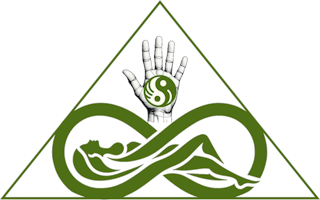Grades of Injury to the Acromioclavicular Joint
The acromioclavicular (AC) joint is a small joint located at the top of the shoulder where the clavicle (collarbone) meets the acromion process of the scapula (shoulder blade). Injuries to this joint are common, particularly in contact sports or after falling on an outstretched arm. AC joint injuries are classified into six grades, based on the severity of the injury and the extent of damage to the joint and surrounding structures.
- Grade 1: Sprain of the AC joint
In a Grade 1 injury, the AC joint ligaments are stretched or partially torn, but the joint remains stable. The coracoclavicular (CC) ligaments remain intact. Pain, swelling, and tenderness may be present, but the shoulder maintains its full range of motion. - Grade 2: Disruption of the AC joint
In a Grade 2 injury, the AC ligaments are completely torn, resulting in a partial dislocation or subluxation of the joint. The CC ligaments may be stretched but are not torn. Pain, swelling, and a visible bump at the joint may be present, with a reduced range of motion in the shoulder. - Grade 3: Complete dislocation of the AC joint
In a Grade 3 injury, both the AC and CC ligaments are completely torn, resulting in a complete dislocation of the joint. The clavicle may be visibly elevated, and the shoulder may appear deformed. Pain, swelling, and a significant loss of range of motion are common. - Grade 4: Posterior displacement of the clavicle
In a Grade 4 injury, the AC and CC ligaments are completely torn, and the clavicle is displaced posteriorly into or through the trapezius muscle. This injury is less common and may result in significant pain, swelling, and deformity. - Grade 5: Severe dislocation of the AC joint
In a Grade 5 injury, the AC and CC ligaments are completely torn, and the clavicle is significantly displaced, often more than twice the normal distance from the acromion. There may be tearing of the deltoid and trapezius muscle attachments as well. This injury results in severe pain, swelling, deformity, and loss of shoulder function. - Grade 6: Inferior displacement of the clavicle
In a Grade 6 injury, the AC and CC ligaments are completely torn, and the clavicle is displaced inferiorly, usually beneath the coracoid process. This injury is extremely rare and results in severe pain, swelling, deformity, and loss of shoulder function.
Treatment for AC joint injuries depends on the severity of the injury. Conservative management, including rest, ice, compression, and anti-inflammatory medications, is usually recommended for Grade 1 and 2 injuries. Grade 3 injuries may be treated conservatively or surgically, depending on the patient’s needs and activity level. Grade 4, 5, and 6 injuries typically require surgical intervention to restore joint stability and function.
